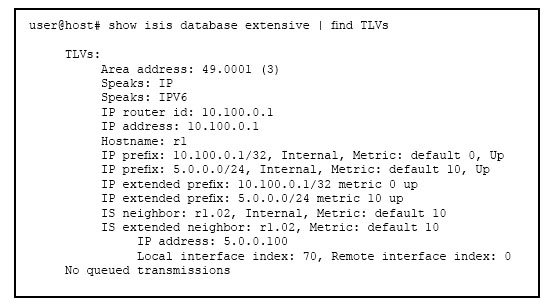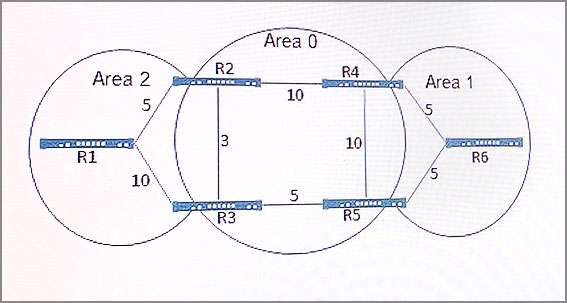Enterprise Routing and Switching, Specialist (JNCIS-ENT)
Here you have the best Juniper JN0-347 practice exam questions
- You have 58 total questions to study from
- Each page has 5 questions, making a total of 12 pages
- You can navigate through the pages using the buttons at the bottom
- This questions were last updated on November 17, 2024


